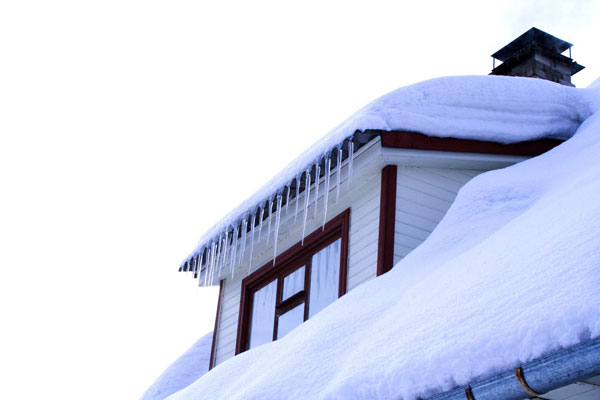


With winter storms piling snow on in New Brunswick, it’s causing headaches for home and business owners alike. Given the accumulations, WorkSafeNB is reminding New Brunswickers how to safely clear snow from rooftops to prevent truss collapses.
“Removing snow from a roof can pose a number of hazards,” said Laragh Dooley, WorkSafeNB’s acting director of communications. “Although snow removal can be dangerous, it’s something that must be done since not removing snow can be even more dangerous,” Dooley said. “Snow loads can cause roof collapse and, if the roof is sloped, can fall onto pedestrians and vehicles below.”
Although not much can be done to make the task of snow removal less tedious, Dooley said following some basic safety tips can at least make it safer:
Preparation
To reduce the chance of a roof collapse, it’s important to know your roof’s load limit. If you don’t know the load limit, have a civil or structural engineer inspect it. The engineer can also identify any deficiencies for repair.
Ensuring that loads don't accumulate is a requirement under New Brunswick's Occupational Health and Safety Act.
Risk of falling
Since the greatest hazard faced in removing snow from roofs is the risk of falling, it’s important that employers provide, and employees continually use a fall protection system. Whatever the season, fall protection is paramount. Once it’s been determined that the roof is sound, and that snow needs to be removed, ensure that employees who will be clearing the snow are properly trained and are aware of any hazards and risks. Ensure appropriate personal protective equipment (PPE) is supplied and used. Drop areas shall be marked on the ground to prevent access. If there are no knowledgeable and experienced employees to do the job, hire professionals and ensure they have WorkSafeNB coverage. Remember – whether workers are insured or not, homeowners have a responsibility to ensure they use fall protection.
Removal safety
Snow should be cleared in a cross direction to the roof trusses. This will reduce the stress on all the trusses at the same time, rather than reducing stress from only one truss. Drifted snow should be removed first. (On multi-level roofs, this will be on the lower roofs). It’s important to remove snow evenly from both sides of the roof to avoid concentrating a load in one area. Failure to follow these steps could cause enough stress to the roof to cause it to collapse. If using mechanized equipment on the roof, ensure the employee is familiar with the manufacturers’ instructions for safe use, and that it is not used within 15 feet of the roof edge (only allowed on roof with pitch of 3 in 12 or less). Do not use mechanized equipment that can damage the roof membrane. Since metal shovels and ice picks can also damage the roof membrane, avoid them, and use plastic instead.
For more information, consult the following resources:
Occupational Health and Safety Act
Planning a Residential Construction or Renovation Project? Don't Forget to Build in Safety!